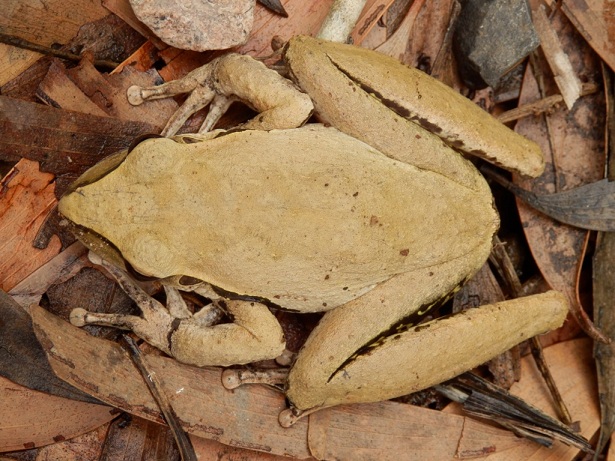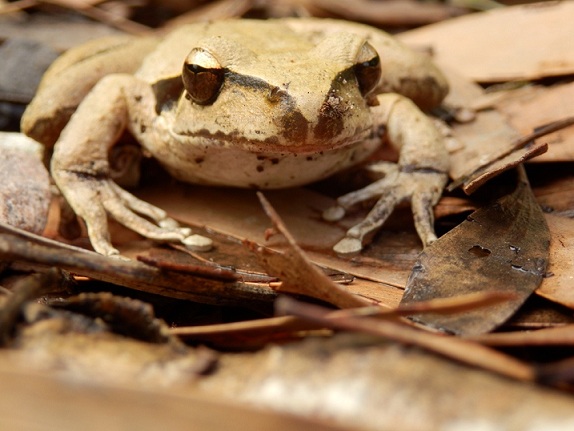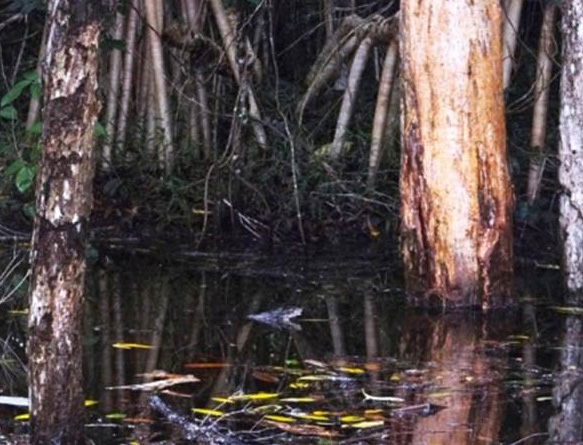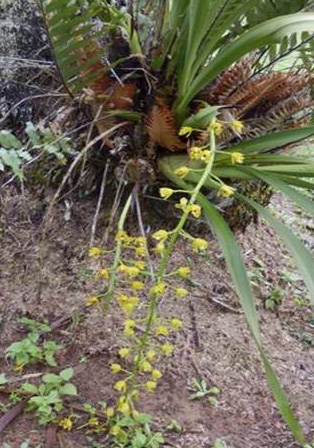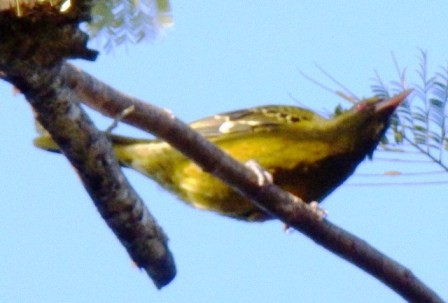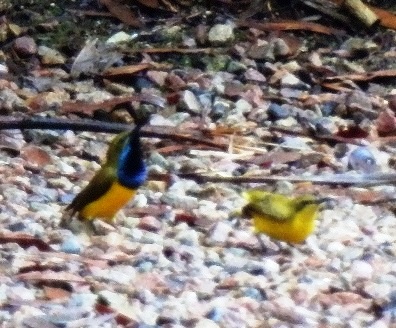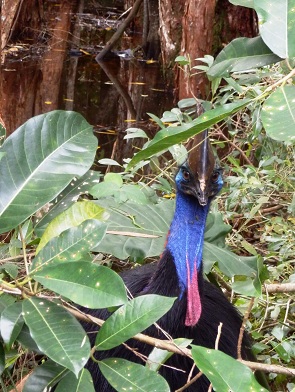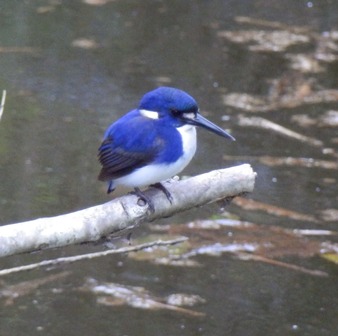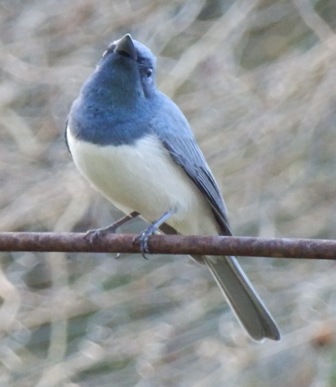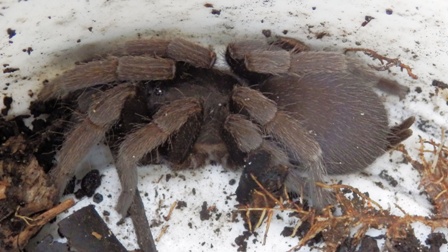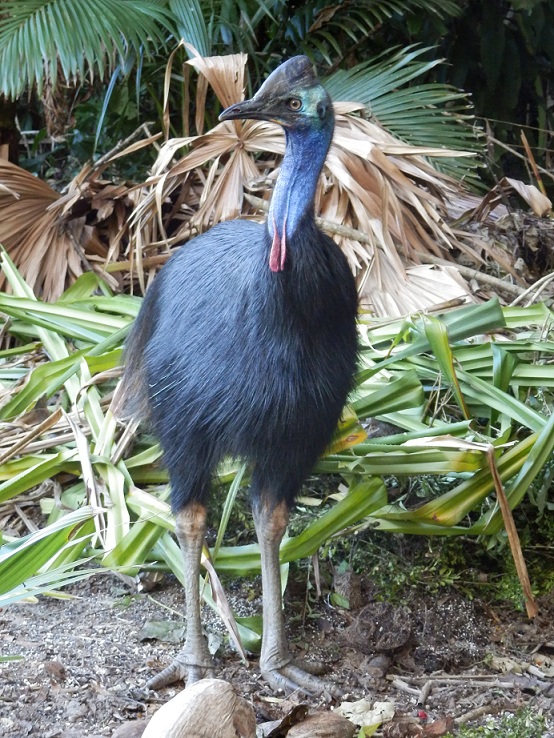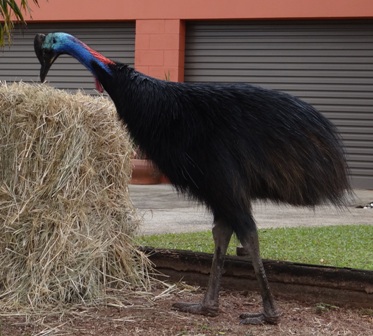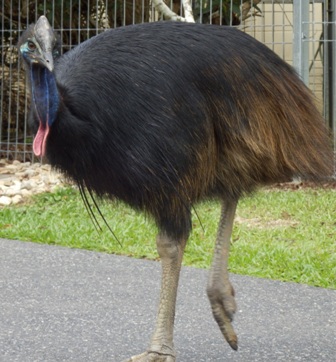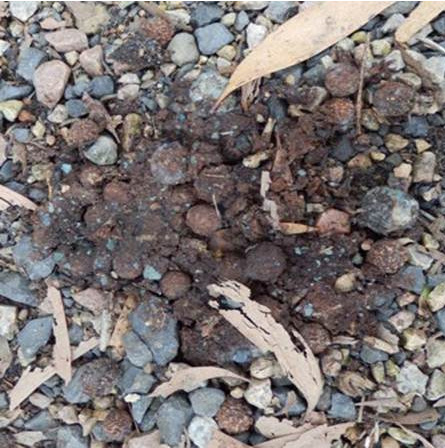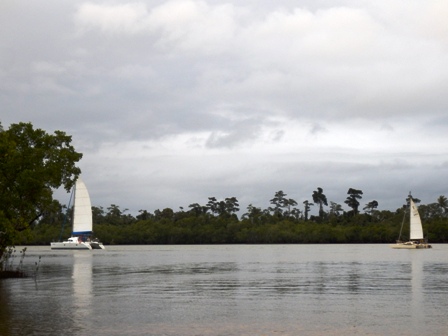| Hello from Jungguy country, Coastal wetlands are some of the most threatened habitats on the planet. The Melaleuca leucadendren swamps of Coquette Point are included in the World Heritage Wet Tropics and extended from the mouth of the Johnstone River to the Moresby Range, an area three kilometres long by ½ kilometre wide. This swamp is a major fish spawning habitat and consists of large deep lagoons and shallow swamps of melaleuca, pandanus and tidal mangrove: this is the Johnstone River’s ‘everglades’. |
| The melaleuca swamps extend within the river estuary and within my land and as such I was photographing the shadows and reflections of the melaleucas trying to achieve an impression of the primeval beauty of this swamp when I saw, a frog, Litoria Jungguy. I had not seen this frog before and sent a photo to the Queensladn Museum, they identified it as Litoria Jungguy a frog that had only recently been described in 2004. Jungguy is on the International Red List of Threatened Species because it only occurs within the Wet Tropics and its habitat is threatened. |
| Flowering in the swamps at the moment is the beautiful native orchid, cymbidium madidun. The seed capsules of this orchid are edible either raw or cooked. Aboriginal people also pounded the fruits into a dough which they used to make flat bread. A Yellow Oriole has been acting strangely, he has been running backward and forwards along branches, rubbing his beak repeatedly on the branch and declaring his presence in loud screeching notes, he puts on quite a display every afternoon and usually on the same tree. The male Leaden Flycatcher has taken over the task of insect control in my garden. As soon as I go to the vegetable garden he is there behind me and quickly catches any insects I disturb. Together we make great gardeners. | The brackish water of the Melaleuca swamps is crucial as a fish nursery and also for many amphibian species including frogs like jungguy as well as insets like dragonflies. Therefore, it is surprising to find that cassowaries also use the melaleuca and mangrove swamps to forage. Cassowaries eat a wide range of wetland molluscs especially mangrove snails and one of their favourite foods is the fruit of the pandanus which grows in the swamps alongside the melaleucas. Little kingfisher has been a regular visitor this week and arrives every afternoon to fish for dinner in the sediment pond. Anne Martin wrote a lovely article in the Tully Times this week about Little Kingfisher. The Tully Times is the best little newspaper in FNQ and covers stories right across the Wet Tropics including a story by Lawrie about Jungguy. The sunbirds are busy courting and I was surprised to see two sunbirds engaging in courtship on the ground, unfortunately I wasn’t quick enough to photograph the mating which lasted only a few seconds. This is the first time I have seen these little birds land on the ground. |
| For all those arachnophobias’ we were cleaning up some old cyclone debris and found yet another nest area with a dozen or so Whistling Spiders, (Australian Tarantula). These little beauties can kill a dog instantly and make a human a bit sick for a few days. This area seems to be a major habitat for spiders. This afternoon the young cassowary Don turned up. I have not seen him for a few months and it is amazing to see how he has grown. |
Altogether there are six surviving chicks, now young adults, from the 2010 season at Coquette Point: Captain Starlight, Brown Cone’s one surviving chick; Dad1’s two chicks, unnamed and Stumpy; Little Dad’s two chicks, Don and Q and Snout’s chick Rosie.
| All the cassowaries at Coquette Point have received supplementary feeding following cyclones Winifred, Larry and Yasi however, as soon as the forest trees returned to fruit production the cassowaries returned to the rain forest. Quandongs at Coquette Point are in full fruit at the moment so if you wish to see a cassowary find a quandong and wait. So it is, the rainforest recovers the supplementary feeding finishes and the cassowaries disappear. The home range of the cassowaries overlap and they appear to transition between these areas, even so very few sightings have been made of the older birds over the last two months. However, the juvenile cassowaries are frequently on the move as they try to establish their own territory. |
| The blood - so called sport- of pig hunting appears to be a rite of passage for the youth of the area. Many of the dogs are poorly trained and will chase a cassowary as soon as a pig. On a lighter note the river has been busy this week and I took this photo of two multihulls trying to sail up the Johnstone River on a making tide late on Tuesday afternoon. Cheers for now and go sailing, Yvonne. |
